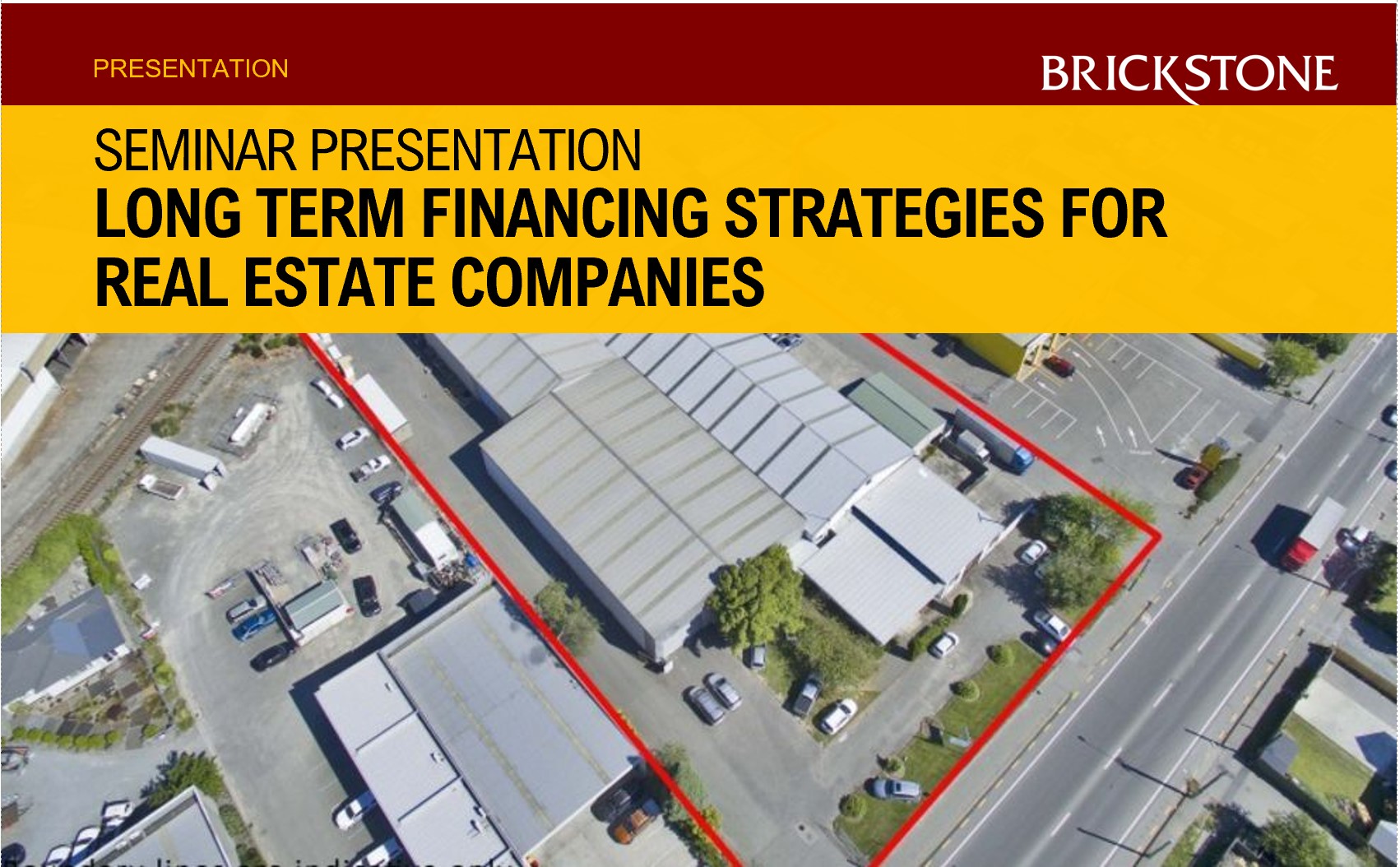Long Term Financing Strategies For Real Estate Companies
Our CEO Femi Awofala was a Speaker at The Nigeria Real Estate Summit and Expo (NIRESE), Nigeria’s premier real estate event, gathers the most influential players from all sectors of the Nigerian property industry for two days of networking, learning and transaction through premium events, conferences and dedicated exhibition zones.
The Presentation Topic: Long Term Financing Strategies For Real Estate Developments in Nigeria
Venue: Federal Palace Hotel, Victoria Island-Lagos
Date: August 24, 2018.
Introduction
Indeed, financing is a significant part of every business, and particularly for real estate businesses, it is a critical contributor to their survival.
Therefore, it is of utmost importance to expatiate on the subject matters that must be considered in the sourcing of long term financing for real estate developments in Nigeria.
Undoubtedly, the Nigerian Real Estate market is one of the most attractive investments in the country, and even though it has experienced a few downturns over the years, as discussed in this White Paper, there appears to be a promising future for growth and development in the industry.
In creating this White Paper, which focuses on Long Term Financing Strategies, numerous research work and expertise of the Brickstone Project Team, has been utilized.
This White Paper essentially streamlines the important issues concerned with Long Term Financing Strategies of Real Estate Development in Nigeria. It does this by explaining through a focus on current market outlook, the economic realities of the Nigerian Real Estate market, and why Real Estate is still a strong industry in Nigeria.
Furthermore, it mentions the reasons why long term financing is a profitable option that should be considered by the management team in Real Estate Companies, especially when strategizing for capital raising. It also introduces alternative financing sources, and elucidates the limitations of already established traditional financing sources.
Finally, it demystifies the process that goes into sourcing for long term real estate capital through Private Equity, and it explains the conditions that may be required by Private Equity or Institutional Investors after funding is done on their part.
This White Paper starts by explaining the most common source of financing for Real Estate Companies, which capital generated by the firm itself.
This is known as the traditional source of funding, and by its nature, it is usually short-term. It is therefore, the primary role of the real estate company’s management to determine for the particular project, whether there is a need for long term or short term financing, or a hybrid of both.
What is Long Term Financing and it’s Raising Sources?
Long Term Financing are usually obtained after issuance of new debt and equity. As a result, they may include Debt Options as well as Equity Options.
For its own part, debt options includes sourcing for funding at Local Banks, Regional Banks and Development Finance Institutions, International Banks, Pension Funds, and Export Credit Agencies or through Islamic Finance and the Capital Markets.
Equity Options on the other hand, includes sourcing for funding from the Government, Foreign and Local Partners, Local Private Sector, or Local Stock Market.
This White Paper makes a case for Long Term Financing Strategies for Real Estate Companies, and the need for this form of financing has been thoroughly discussed therein.
This form of financing could be needed to get the particular project approved and to also make provision of early work in project sites. In addition, as a result of the extended time which is required in development planning under traditional financing, core equity is a viable alternative to eliminating such extension of time, thereby incorporating Long Term Financing.
Likewise, for diversification of Real Estate Asset Type, especially when moving from Housing to Commercial Developments, Long Term Financing is of importance. Also, in trying to avoid interest rate risk, consideration must be given to the two different options of Long Term Financing.
Hence, for these reasons and others discussed in this White Paper, Long Term Financing is integral to Real Estate Companies.
Moving forward, this White Paper makes a well detailed exposition to other Non-Traditional Alternative Financing Options.
Non-Traditional Alternative Financing Options
These Alternative Options fall between debt and equity and at this stage of the Real Estate Industry, they are critical to meet the special needs of Real Estate Businesses by solving problems that are not easily solved by conventional debt or equity financing.They include; Warrants, Structured Notes, Preference Shares, Convertible Financing, and Off-Balance Sheet Financing.
This White Paper takes proficiency a step further by analysing these alternative options. The result of this analysis as contained in this White Paper would be pivotal to any Real Estate business that considers utilizing these alternative options.
Furthermore, this White Paper expresses the importance of certain steps in Planning for Privately Placed Equity Financing.
These fourteen steps divided into four broad headings are critical in establishing the rationale for Long Term Financing Strategies, and are also instrumental in creating a path for the screening, analysis and evaluation of Long Term Financing.
In addition, since the procedure begins with a requirement to have a full grasp of the financing needs of the organization, it exposes the organization to much needed information concerning the potential target and other the target sectors, the sector of the target, price, and several other parameters.
Additionally, this process helps the organization to have a good understanding of the potential impact of Debt & Equity on the business, as well other important insights discussed in this White Paper.
Consequently, this White Paper also sheds light on what happens to the traditional structure, and how it is influenced when institutional investors become involved in the financing process. This is important because when private equity or institutional investors invest a substantial amount in a Long Term Capital, they tend to demand certain conditions to protect their investment.
It is always best to be prepared for situations such as this, as prior knowledge of these conditions would substantially help the Real Estate Organization in evaluating how these concessions would affect their overall operations, as well as helping them to formulate the necessary risk management strategies before the contact is entered into.
Some of these conditions as discussed explained in this White Paper includes demanding of improved returns by requiring higher preferred returns and higher hurdle rates or requiring that the hurdle rate be computed as the greater of a certain return and a multiple of its investment.
Another condition could be to demand approval over, and adherence to, annual budgets, which would naturally limit, among other expenditures, the type and amount of fees that a sponsor or its affiliates could charge for rendering services to the project. Other conditions that may be required by institutional investors are explained in great detail in this White Paper.
Conclusion
The presentation key points are summarized below:
Long Term Financing Strategies For Real Estate Companies in Nigeria
- Financing is a very important part of every business and is the lifeblood of every Real Estate business
- The common sources of financing for Real Estate Companies (not development) are capital that is generated by the firm itself and sometimes, it is capital from external funders, which is usually obtained after the issuance of new debt and equity as well as spontaneous financing ( i.e Pre-Sales)
- A firm’s management is responsible for matching the long-term or short-term financing mix. This mix is applied to the assets that are to be financed as closely as possible, regarding timing and cash flows
- Real Estate Development firms often need financing for the construction of real estate projects. Many often depend on the term “PRE-SALES”….but this always creates a hole for equity needed to play its role.
- Even when the land has been included as Equity in a project, there has been a shift of the Capital Structure is RE projects moving from 70:30 Debt to Equity ratio to almost 55:45 ratio, as the general investors become more risk-averse.
- As the economy gets tougher and markets get tighter there is a need to look beyond spontaneous financing in terms of “PRE-SALES” and attract core long term finance into REAL ESTATE companies.
OTHER E-BOOKS THAT MAY BE OF INTEREST
Developing Information Memorandum for Large Projects
Template for Strategic Business Plan
Template for Feasibility Studies for Large Scale Projects
Why not contact us to make your Project Happen
Our advisors and consultants would be able to schedule an online meeting with you to discuss your project with the overall objective of seeking ways to achieve the “bankability” and protection of the long term asset value of your project. Request a Meeting Now










